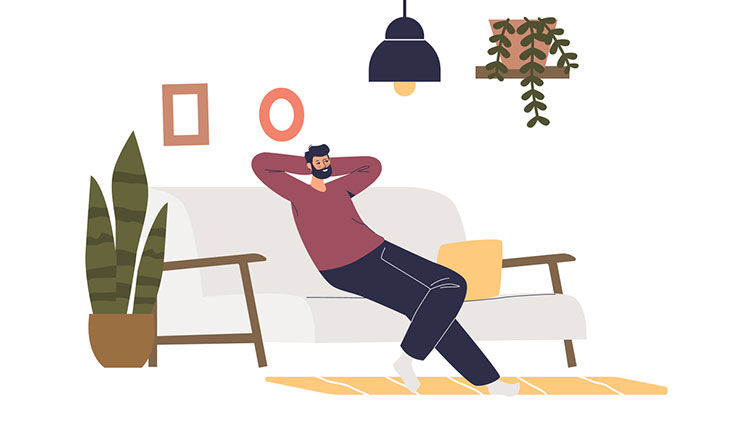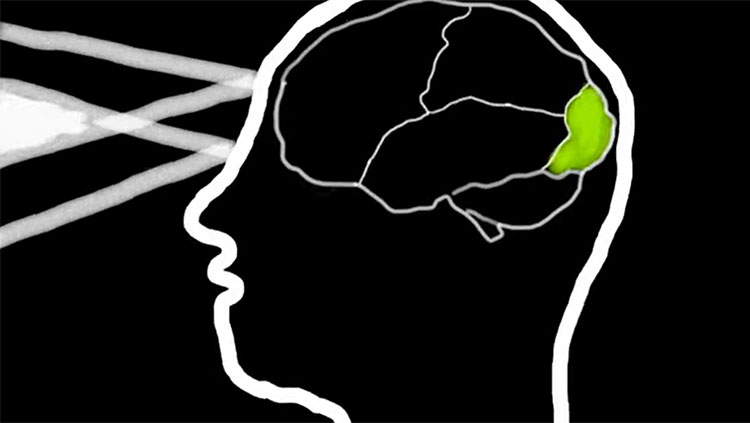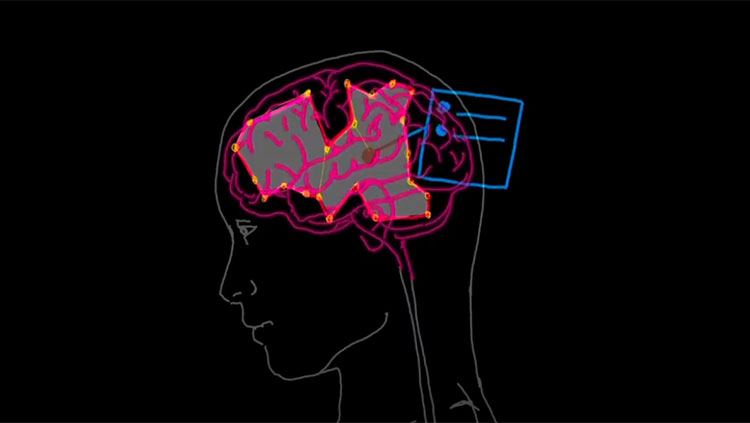Limited Focus: Attention Disorders
- Reviewed29 Aug 2022
- Author Melissa Galinato
- Source BrainFacts/SfN

You arrive to class at 8:00 a.m. — right on time. 9:00 a.m. rolls around, and your note-taking abilities start to dwindle. By 10:00 a.m., your thoughts are trailing you down a path on anything but the lecture. Hmpf. And there’s still an hour left in the class.
Paying attention for long periods of time, such as a 3-hour lecture, can be difficult for many people.
And for some people, even focusing for a short time can be hard. Several disorders affect the ability to pay attention: attention deficit hyperactivity disorder (ADHD), schizophrenia, prosopagnosia, and hemineglect syndrome. It may seem strange to regard schizophrenia as an attention disturbance, but some psychiatric studies suggest that it involves a failure of selective attention. Prosopagnosia, or face blindness, is a cognitive disorder in which a person is unable to recognize faces — even their own family members. The severity of this condition varies, and genetic factors might be involved.
Attention disorders have various causes. Hemineglect syndrome is caused by damage to the right parietal cortex, a brain region important in involuntary attention. Between 50–82 percent of patients who suffer stroke in the right hemisphere experience hemineglect syndrome, also known as spatial neglect and unilateral neglect. In these cases, patients with neglect ignore the left side of their visual field. Sometimes, they ignore the left side of the body and the left side of individual objects, as well. Diagnosis of hemineglect syndrome can be done with a pen and paper. For example, patients can be instructed to draw a copy of a picture like a butterfly or a castle, and those patients with hemineglect usually draw only the right half of the picture or leave out details of the left side. Research on patients with hemineglect syndrome contributes to our understanding of rehabilitation after stroke, as well as the role of the right parietal cortex in attention and perception.
Adapted from the 8th edition of Brain Facts by Melissa Galinato.
CONTENT PROVIDED BY
BrainFacts/SfN
References
Bartolomeo, P. (2007). Visual neglect. Current opinion in neurology, 20(4), 381-386. http://journals.lww.com/co-neurology/Abstract/2007/08000/Visual_neglect.2.aspx
Carretié, L. (2014). Exogenous (automatic) attention to emotional stimuli: a review. Cognitive, affective & behavioral neuroscience, 14(4), 1228. https://link.springer.com/article/10.3758/s13415-014-0270-2
Kincade, J. M., Abrams, R. A., Astafiev, S. V., Shulman, G. L., & Corbetta, M. (2005). An event-related functional magnetic resonance imaging study of voluntary and stimulus-driven orienting of attention. Journal of Neuroscience, 25(18), 4593-4604. http://www.braindetective.com/journalclub/2005Kincade.pdf
Langner, R., & Eickhoff, S. B. (2013). Sustaining Attention to Simple Tasks: A Meta-Analytic Review of the Neural Mechanisms of Vigilant Attention. Psychological Bulletin, 139(4), 870–900. https://www.ncbi.nlm.nih.gov/pmc/articles/PMC3627747/
Li, K., & Malhotra, P. A. (2015). Spatial neglect. Practical neurology, practneurol-2015. http://pn.bmj.com/content/15/5/333
What to Read Next
Also In Thinking & Awareness
Trending
Popular articles on BrainFacts.org



















